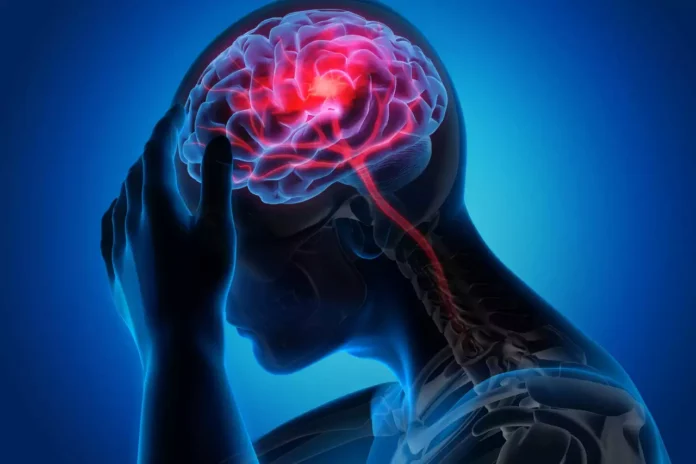A stroke is a medical condition that occurs when there is a sudden interruption or reduction of blood flow to a part of the brain. This interruption in blood flow can result from a blockage in an artery (ischemic stroke) or from bleeding into the brain (hemorrhagic stroke). Strokes are a medical emergency and require immediate medical attention due to the potential for serious and often irreversible damage to the brain tissue.
Here’s a breakdown of the two main types of strokes:
- Ischemic Stroke: This is the most common type of stroke, accounting for about 80% of all strokes. It occurs when a blood clot or other debris forms and blocks a blood vessel supplying blood to the brain. The lack of oxygen and nutrients can cause brain cells to start dying within minutes. Ischemic strokes can be further categorized into two subtypes:
- Thrombotic Stroke: Caused by a blood clot (thrombus) that forms within an artery leading to the brain. This type of stroke often occurs due to atherosclerosis, a condition where fatty deposits (plaque) build up in the arteries.
- Embolic Stroke: Caused by a blood clot (embolus) that forms elsewhere in the body (often the heart) and travels through the bloodstream until it becomes lodged in a smaller brain artery, blocking blood flow.
Hemorrhagic Stroke: This type of stroke is less common but is often more severe. It happens when a blood vessel in the brain ruptures or leaks, leading to bleeding within or around the brain tissue. The increased pressure from the bleeding can damage brain cells and surrounding structures. Hemorrhagic strokes can be categorized into two subtypes:
- Intracerebral Hemorrhage: This occurs when a blood vessel within the brain bursts and leaks blood into the brain tissue.
- Subarachnoid Hemorrhage: This occurs when there is bleeding into the space between the brain and the surrounding membranes (subarachnoid space).
The symptoms of a stroke can vary depending on which part of the brain is affected, but common signs include sudden numbness or weakness on one side of the body (face, arm, or leg), trouble speaking or understanding speech, sudden confusion, difficulty walking, loss of balance or coordination, and a sudden severe headache.
Treatment for a stroke typically involves rapid medical intervention to restore blood flow to the brain and prevent further damage. Ischemic strokes may be treated with clot-busting medications (thrombolytics) or mechanical interventions like thrombectomy. Hemorrhagic strokes require addressing the underlying cause of bleeding, controlling blood pressure, and sometimes surgical interventions.
It’s important to recognize the signs of a stroke and seek immediate medical attention if you or someone else is experiencing symptoms, as prompt treatment can significantly improve outcomes and reduce the risk of disability or death.



